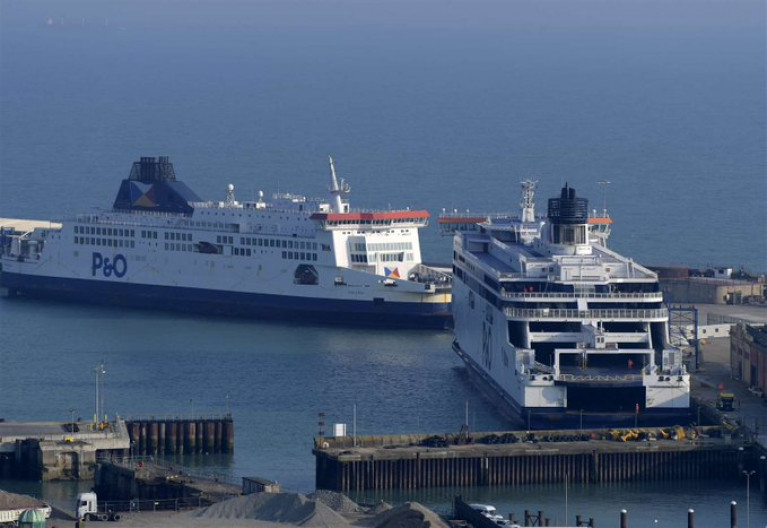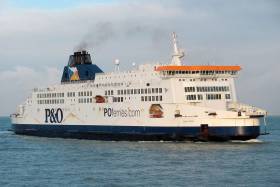Displaying items by tag: Pride of Kent
A vessel of P&O Ferries is being examined for a fourth time, after failing three inspections since the operator sacked nearly 800 seafarers.
The Maritime and Coastguard Agency (MCA) said a team of surveyors are reinspecting the detained ferry Pride of Kent “at the request of P&O Ferries”.
P&O Ferries suspended most of its operations after it replaced 786 crew members with cheaper agency workers on March 17.
The inability of Pride of Kent to pass a safety inspection has contributed to a shortage of capacity between Dover and Calais.
P&O Ferries finally resumed tourist sailings on the key route last week but is only able to use one of its ships, Spirit of Britain, which was cleared to sail after an initial probe found 23 failings including that the agency staff did not know how to use the onboard life-saving equipment.
More from KentOnkine on the operator's Strait of Dover service.
English Channel Ferry Runs Aground In Calais
#FerryNews - An English Channel ferry with more than 200 passengers on board has run aground at Calais, according to the Guardian.
Local officials in the French port town report that there were no injuries when P&O’s Pride of Kent grounded on what is likely a sand bank in the harbour when attempting to depart for Dover amid severe weather this afternoon (Sunday 10 December).
The ferry is said to be “stable” and it is hoped that passengers can be transferred to another vessel today.































































